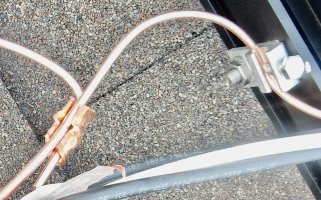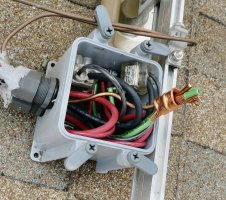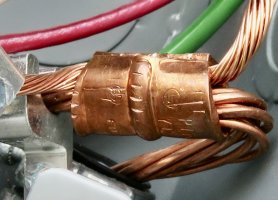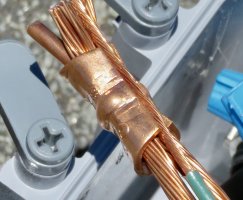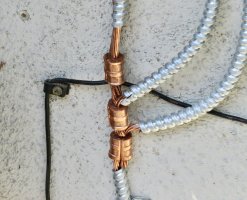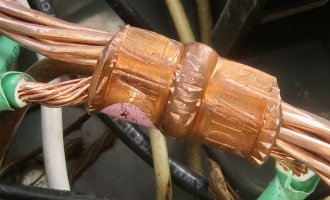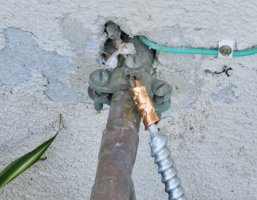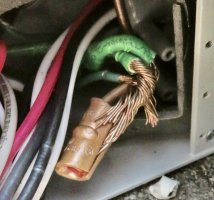jar546
CBO
NEC Section 250.8 outlines the only acceptable methods for connecting equipment grounding conductors, grounding electrode conductors, and bonding jumpers. These connections are critical to ensuring the electrical system has a reliable and low-impedance path back to the source in the event of a fault.
The code lists eight permitted methods:
A common point of confusion is the use of listed pressure connectors. Twist-on wire connectors, even if not green in color, may be used for grounding and bonding as long as they are listed. The color is not a code requirement, although green is often used for identification.
Machine screws and thread-forming machine screws are specifically identified as acceptable. This language intentionally excludes other screw types, such as sheet metal screws and drywall screws, which are not acceptable for grounding and bonding connections. Coarse-threaded screws do not meet product certification standards because they cannot reliably engage the two full threads required in a metal box or enclosure.
The takeaway is simple: use only the methods listed in 250.8 and avoid improvisation. The wrong connector or fastener can compromise the grounding path, creating a safety hazard and a clear code violation.
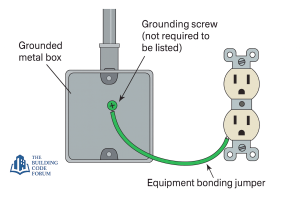
The code lists eight permitted methods:
- Listed pressure connectors
- Terminal bars
- Pressure connectors listed as grounding and bonding equipment
- Exothermic welding
- Machine screw-type fasteners that engage at least two full threads or are secured with a nut
- Thread-forming machine screws that engage at least two full threads in the enclosure
- Connections that are part of a listed assembly
- Other connections specifically permitted in the NEC
A common point of confusion is the use of listed pressure connectors. Twist-on wire connectors, even if not green in color, may be used for grounding and bonding as long as they are listed. The color is not a code requirement, although green is often used for identification.
Machine screws and thread-forming machine screws are specifically identified as acceptable. This language intentionally excludes other screw types, such as sheet metal screws and drywall screws, which are not acceptable for grounding and bonding connections. Coarse-threaded screws do not meet product certification standards because they cannot reliably engage the two full threads required in a metal box or enclosure.
The takeaway is simple: use only the methods listed in 250.8 and avoid improvisation. The wrong connector or fastener can compromise the grounding path, creating a safety hazard and a clear code violation.


